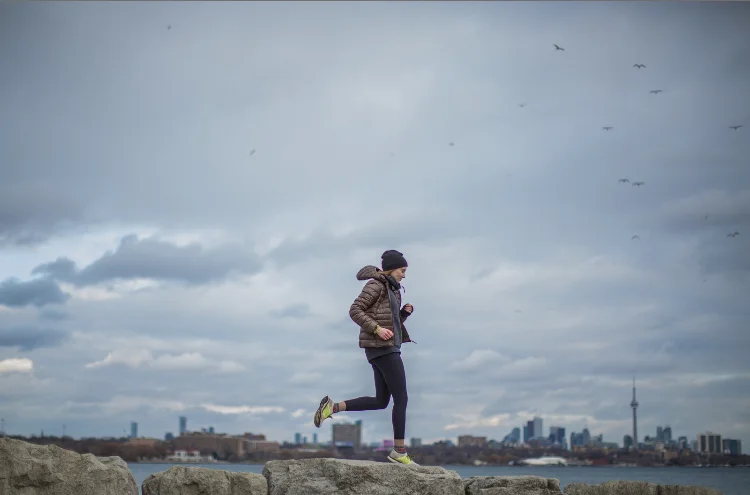Exercise, Health & Wellness, Physical Therapy, Physiotherapy, Sport, Sports Therapy
There is nothing quite like a new year’s resolution to get you starting something. That’s really the easy bit, the tough bit is keeping it up. You’re likely feeling fat and unfit after a festive season of excess, and whilst it is good to indulge ourselves now and again, let’s be honest if you carry on with that trajectory, you’re likely to have more than a few kilos by this time next year, you might even pick up a few illnesses and long term issues along the way too. Remember that low fitness kills more people than smoking, diabetes and obesity combined and that physical inactivity is associated with a higher risk for severe Covid19. If it’s not just your body you are worried about Google ‘Scholarly articles about the psychological benefits of exercise’ and you will find literally thousands of articles talking about combatting stress, decrease in suicidal thoughts, improved self-esteem, academic improvements in children, improved mood and quality of life etc etc. Exercise really is medicine.









